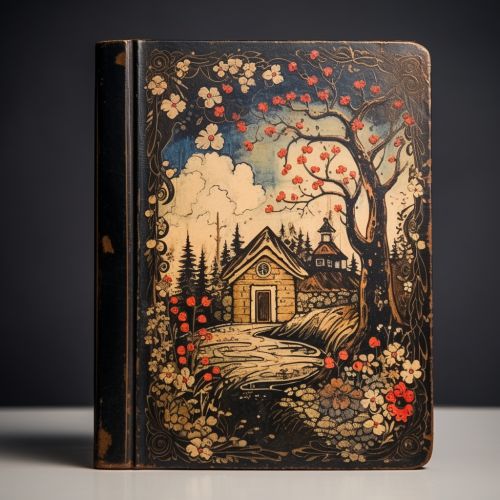Fairy Tale
Origins and Development
Fairy tales, also known as wonder tales or Märchen, are a form of short narrative folklore that typically feature entities such as dwarfs, dragons, elves, fairies, giants, gnomes, goblins, griffins, mermaids, talking animals, trolls, unicorns, or witches, and usually magic or enchantments. The history of fairy tales is extremely complex, as they have been passed down through oral tradition, written down, and then rewritten and reinterpreted over centuries.


The exact origins of fairy tales are difficult to pinpoint. Some researchers believe that they originated in the preliterate oral traditions of ancient cultures, while others suggest that they evolved from myths and legends. The term "fairy tale" itself comes from the French "conte de fées," which was first used by the Countess d'Aulnoy in the late 17th century.
Classification and Structure
Fairy tales are classified under the Aarne-Thompson-Uther (ATU) classification system, which is a system used to categorize folktales and other narrative folklore from around the world. The ATU system classifies tales into categories based on similar themes, plots, and characters. For example, ATU 300 is "The Dragon Slayer," a story type that includes tales in which a hero slays a dragon to rescue a princess.
Fairy tales typically have a simple structure, often built around the rule of three, with three tasks, three trials, three riddles, or three characters. This structure is thought to reflect the way human memory works, making the stories easier to remember and retell.
Themes and Motifs
Fairy tales often deal with universal themes such as love, death, and justice. They frequently feature motifs of transformation, with characters changing in physical form or social status. Magic is a common element, used both for good and evil purposes. Fairy tales also often include moral lessons, although these are sometimes implicit rather than explicitly stated.
Cultural Impact
Fairy tales have had a profound impact on culture, influencing literature, film, music, and art. They have been adapted and reinterpreted in countless ways, from Disney films to modernist literature. Fairy tales also play a significant role in child development, helping children to understand complex emotions and societal norms.
Modern Interpretations
In the modern era, fairy tales have been reinterpreted in many ways. Some retellings aim to subvert the traditional narratives, challenging gender roles or highlighting the darker aspects of the tales. Others use the fairy tale form to explore contemporary issues or to provide commentary on society.
